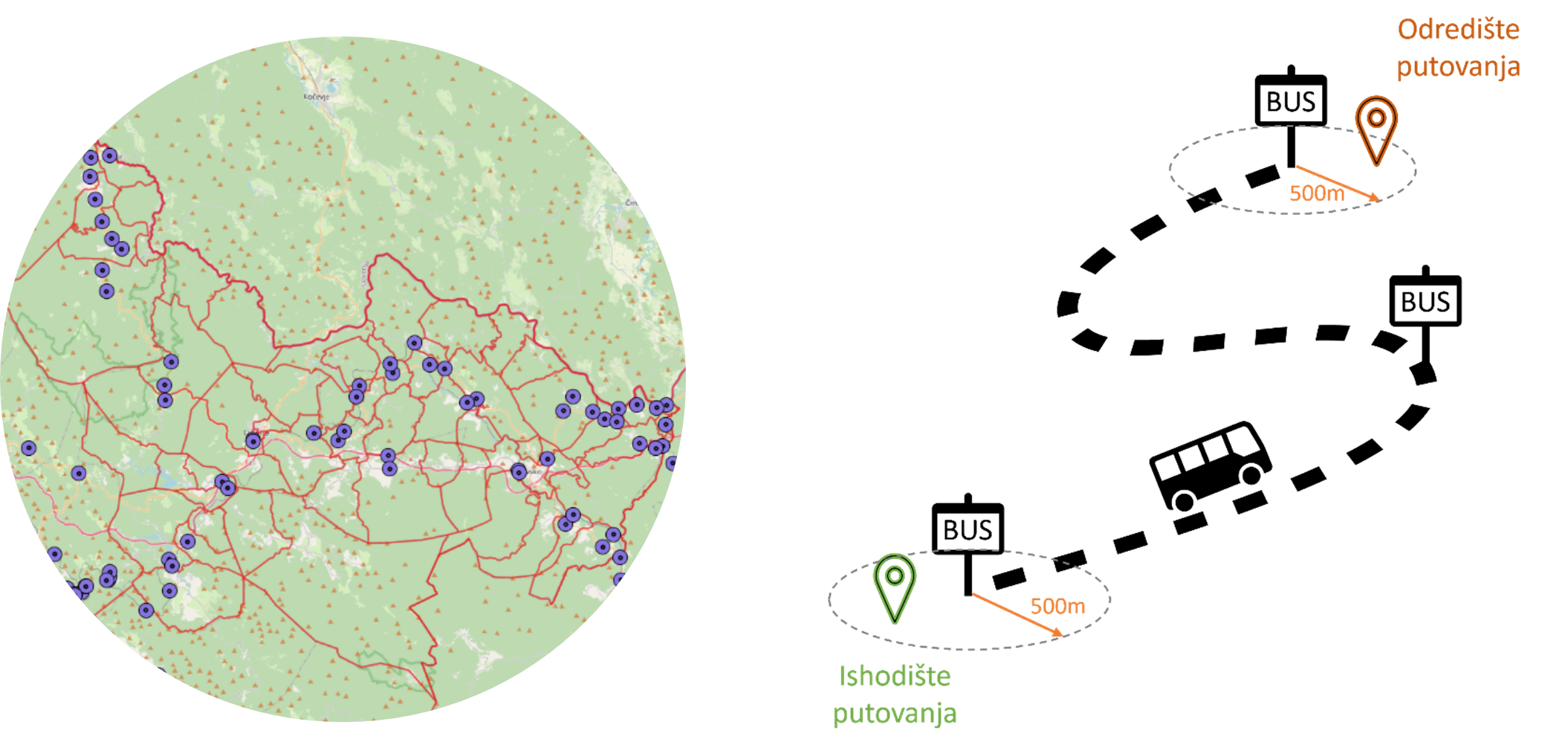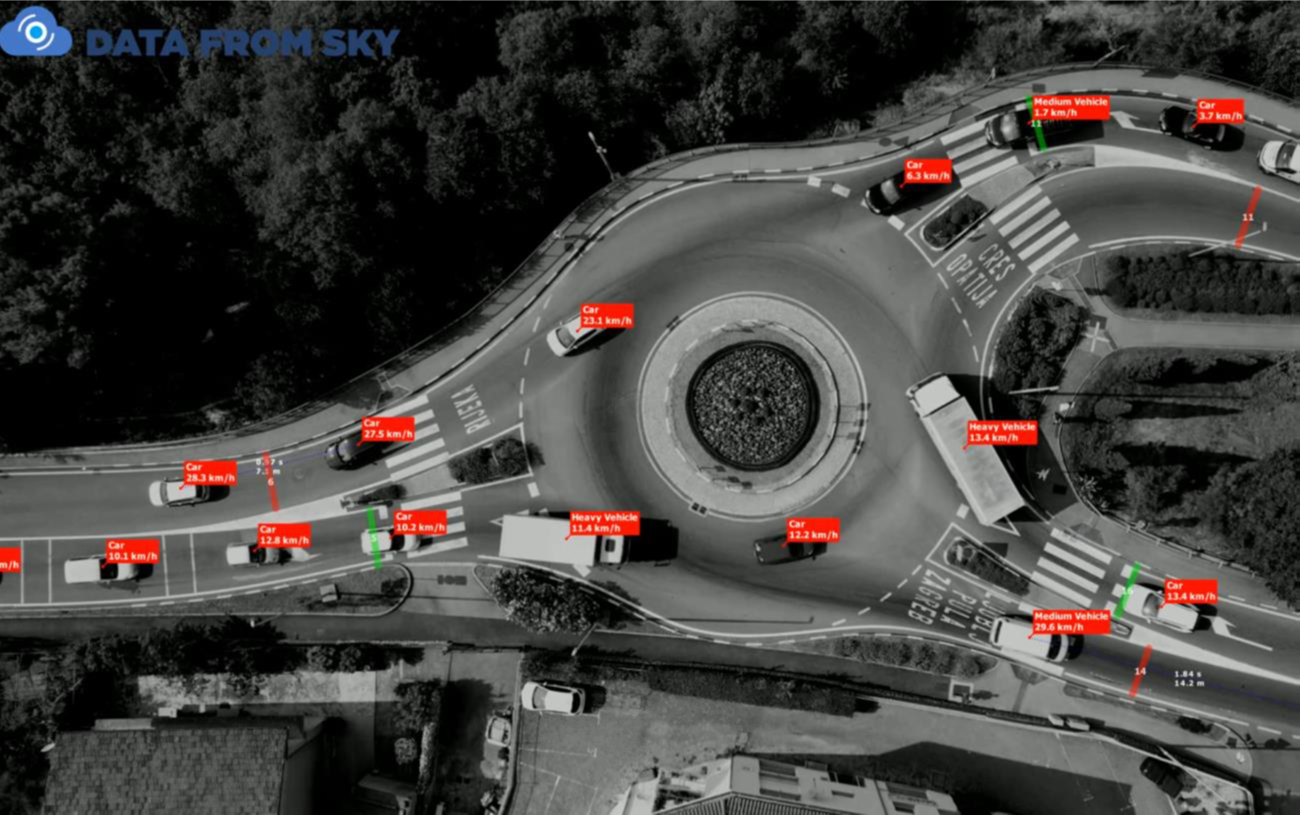Challenges
The Faculty of Tourism and Hospitality Management (FMTU) faces challenges in keeping records of student presence and managing faculty premises. Current processes rely on manual data management, which can lead to errors, administrative burden for teachers and inefficient use of space. Also, traditional ways of monitoring presence do not allow fast data analysis or simple integration with modern academic systems. The aim of the test was to explore the possibilities of digitalisation in order to increase efficiency, reduce administrative burden and ensure greater precision of data.
Solutions
Through the program Test Before Invest and with the support of EDIH Adria, the Faculty has tested various technologies to find the optimal solution. NFC technology would allow students to easily report their presence using smart cards or mobile devices, reducing the time it takes to manually record. In parallel, QR codes have been tested as an alternative method for situations where students are not physically present in classrooms, for example during field or online classes.
In addition, a digital system for the reservation of halls was tested, which would enable better organization of faculty premises and prevent overlaps in the schedule of the use of halls. A key aspect of the testing was also the analysis of integration possibilities with existing academic systems, which would enable automation of administrative processes and centralised data monitoring.
Results and Benefits
Although it is only about testing, the expected results of implementation have shown that the digitization of attendance records could significantly accelerate and simplify this process. Faster and more accurate attendance records would reduce the administrative tasks of teachers, allow for more precise monitoring of student attendance, and reduce the possibility of errors and abuses. Also, the implementation of these technologies could significantly improve the experience of students and teachers, enabling a more transparent work system and more efficient use of academic resources.
The system would also ensure greater data security and compliance with GDPR regulations, which would further ensure the privacy of students and the protection of their personal data. Digitalisation would also make it easier to analyse attendance data, giving the faculty a better insight into student participation and enabling the optimisation of teaching processes.
Lessons learned
During testing, key technical requirements for the implementation of NFC and QR systems were identified, including the necessary infrastructure and compatibility with existing academic systems. Also, it has been shown that integration with other digital solutions is crucial for successful implementation and that user requirements are crucial for choosing the most appropriate system.
In addition, testing has revealed potential challenges in scaling solutions across the faculty, including adapting the system to different teaching methods and ensuring the long-term sustainability of the technology. These insights will allow the faculty to make informed decisions about future steps in the digitalisation process.
Measurable data
Analysing the test results, it was estimated that digital records could reduce the time it takes to report a presence by 70.%, which would significantly relieve teachers and speed up the organization of classes. Teachers’ administrative work related to attendance records could be reduced by up to 50%, while digital solutions would enable almost 100% accuracy of data entry, reducing the possibility of errors and unauthorized reporting.
Conclusion
Testing of digital solutions at FTHM has shown that modern technology can improve academic processes and enable a more efficient system of monitoring the presence and management of faculty premises. Although the tested solutions have shown significant potential, further analysis and adaptation will be crucial for eventual implementation in a real-world environment. The insights obtained will serve as a basis for decision-making on future steps in the digital transformation of the faculty.






